It's exciting to open a home business or to switch your work cubicle for a home office. To maximize your use of the space, here are 10 tips.
1. Choose a Space that Receives a Lot of Natural Light
Go with a sun-friendly room, if possible. Natural light boosts your mood and makes you more productive.

2. Aim for Its Own Space
It is easier to get work done in a dedicated office. The risk for distractions is higher if the office is part of your bedroom, dining room or basement. That's especially true if you live with other people. You must also consider the workplace acoustics. A peaceful room is conducive as your home office. If you must share the home office with another room, choose a room with a door.
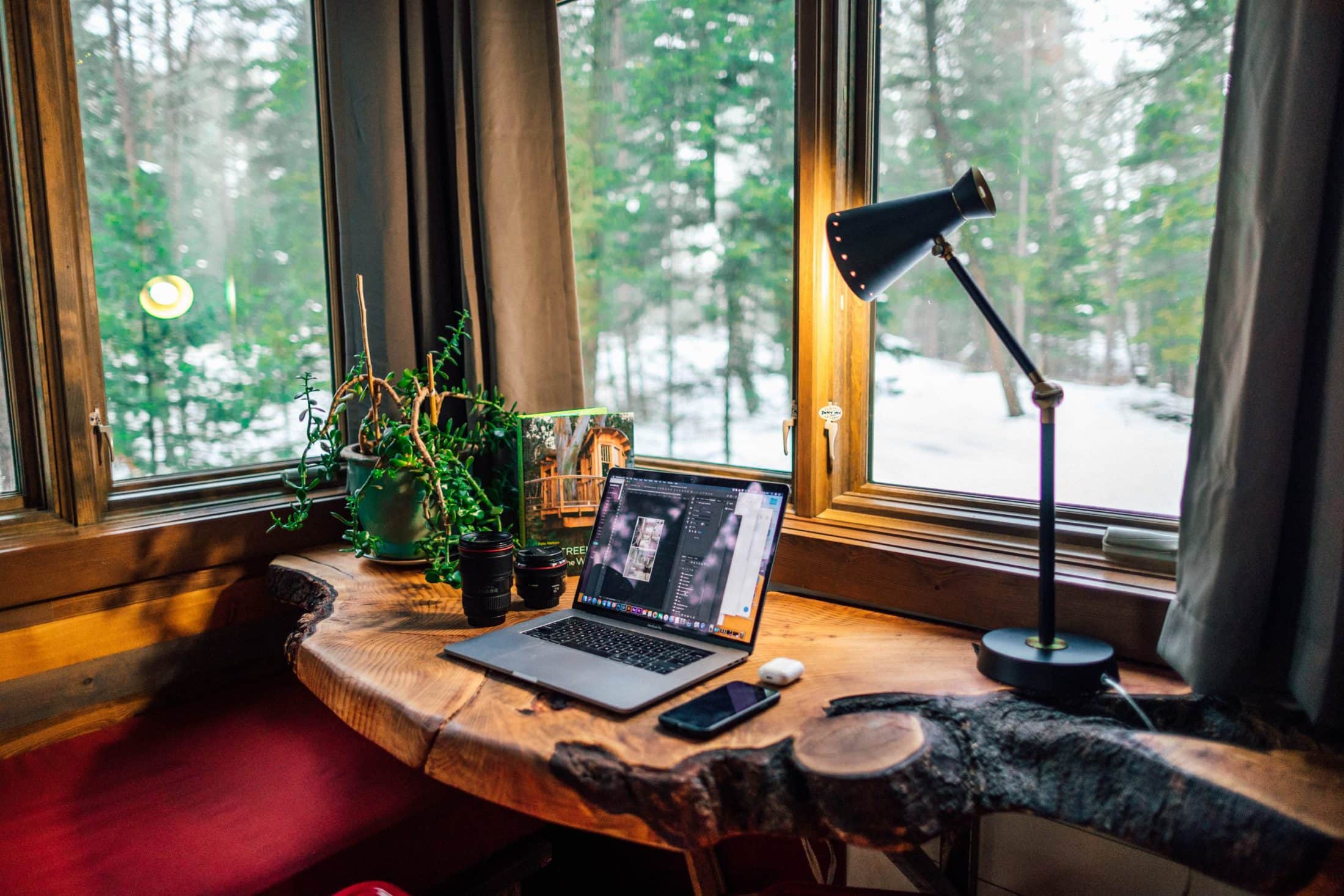
3. Use the Office Only for Work
During office setup, skip items that don't belong in an office, and don't let them gradually creep into your space. Common examples include TVs, video game consoles, couches, pullout beds and books that you read for entertainment. Of course, the exact nature of these items varies depending on the type of work you do.
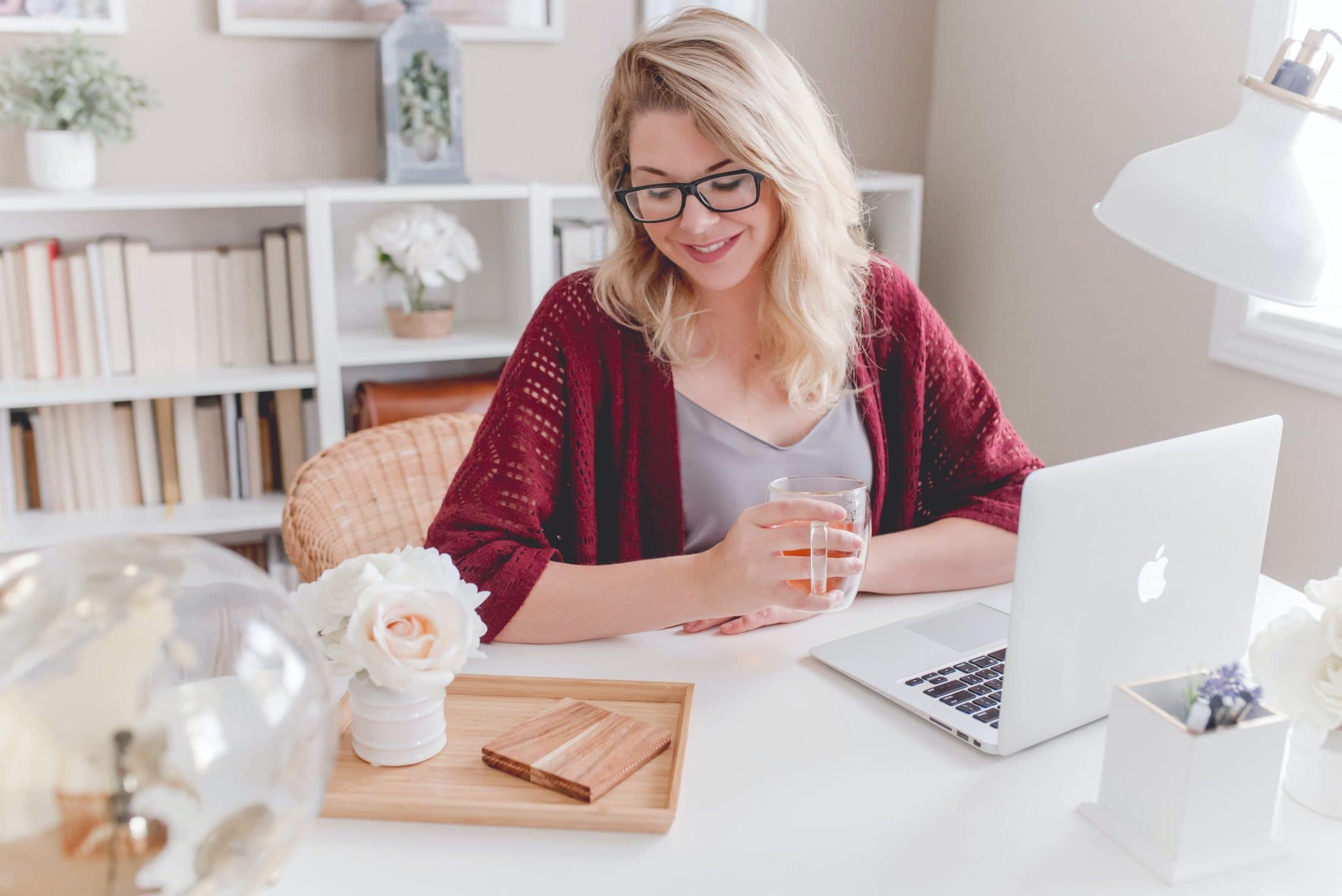
4. Set Up a Business Bank Account
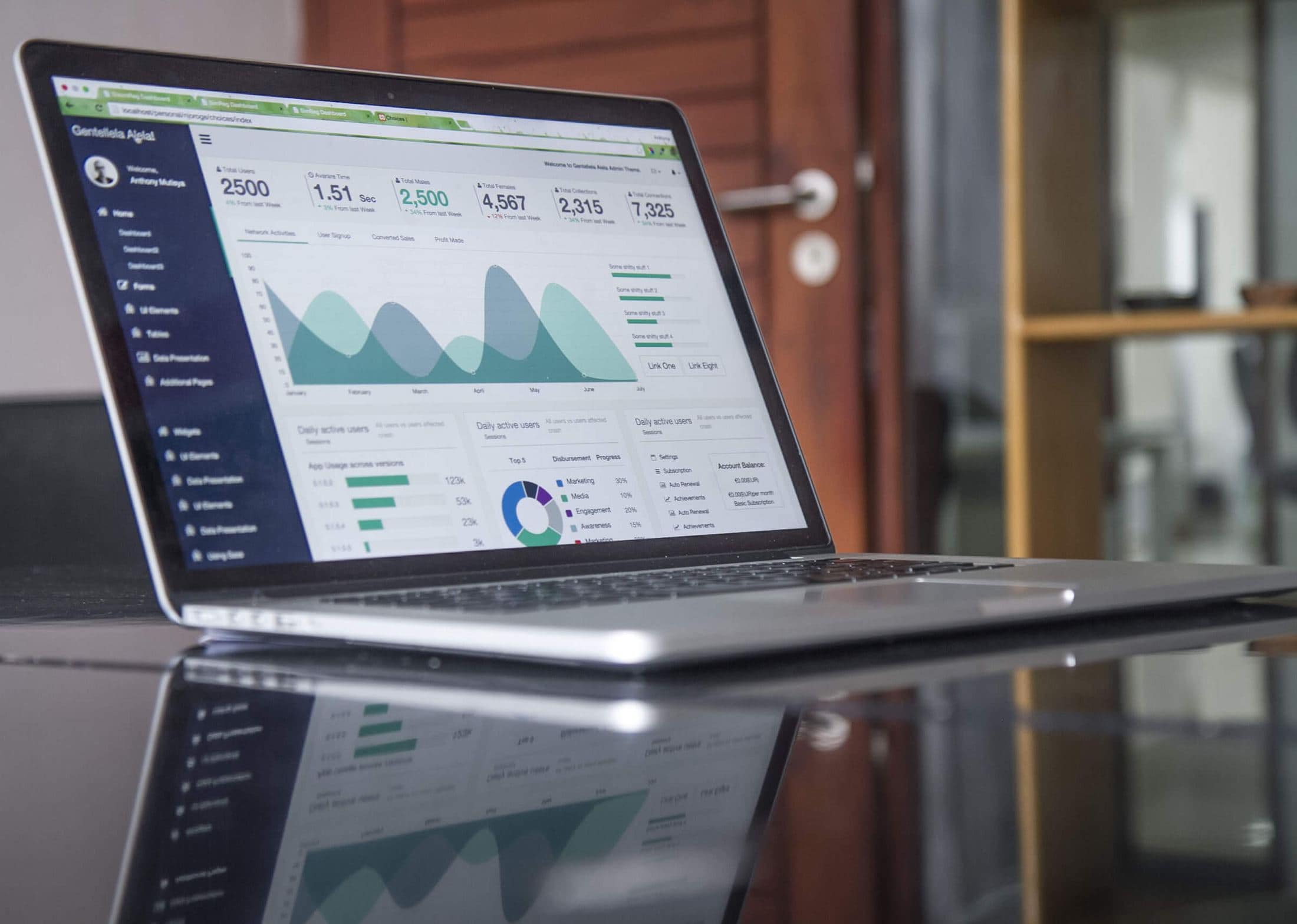
Keep the personal and the professional separate. Open a business bank account or a personal account for business use only. That way, it's a lot easier to track your expenses and profits. There is little risk of them slipping through the cracks or getting mistaken for personal accounts. As an example, suppose you have just one account for everything and purchase a large whiteboard. That's an easy expense to miss on a combined business-personal list for employer reimbursement.
5. Inject Warmth into the Office
Touches such as flowers, rugs, stylish lamps and artwork give your home office a softer side.
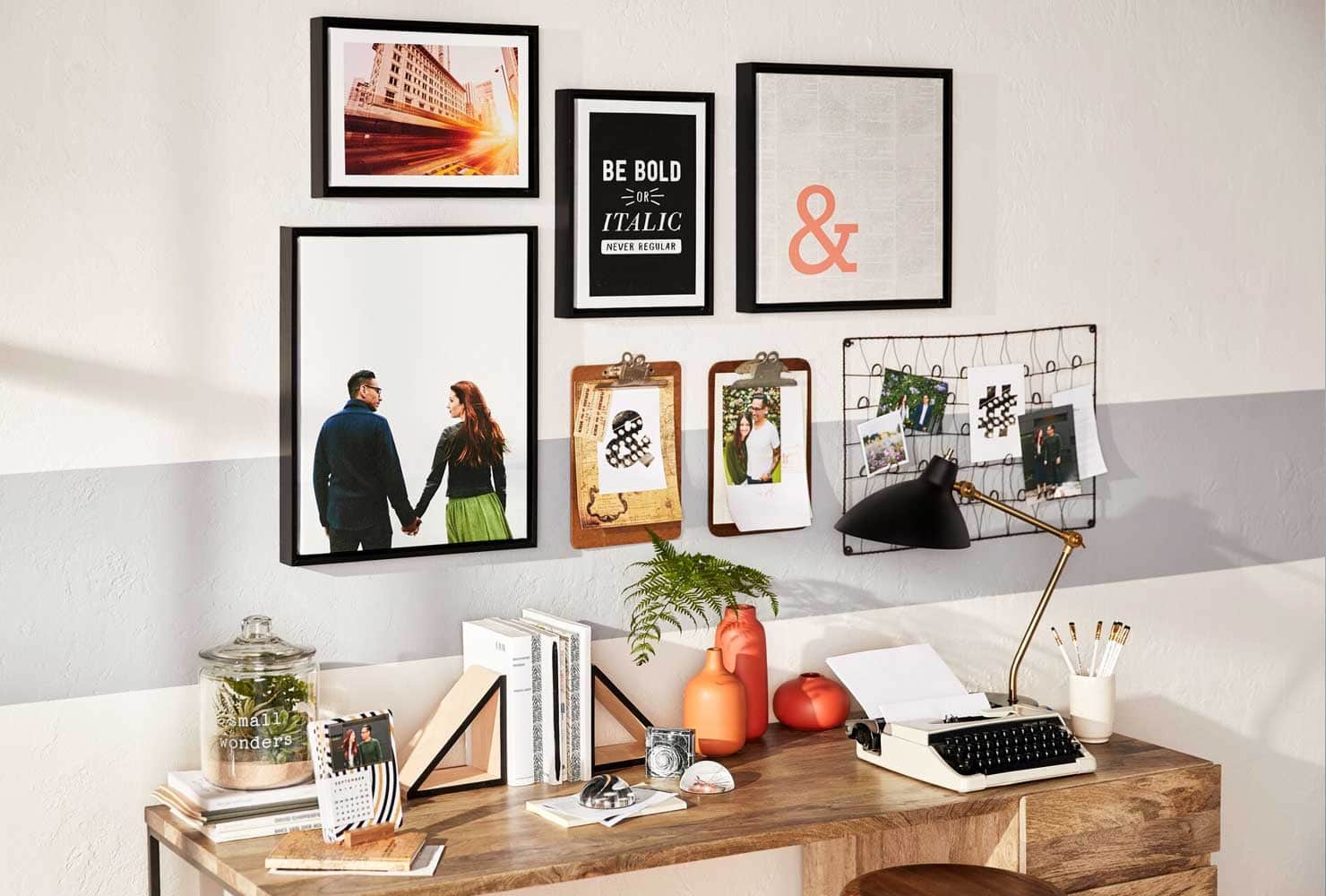
6. Prioritize Certain Kinds of Equipment
Focus your budget on a good, comfortable chair, a desk that provides ample workspace, reliable and speedy internet, a quality computer and the software you need to work successfully. Decor should be a much smaller chunk of your office budget.
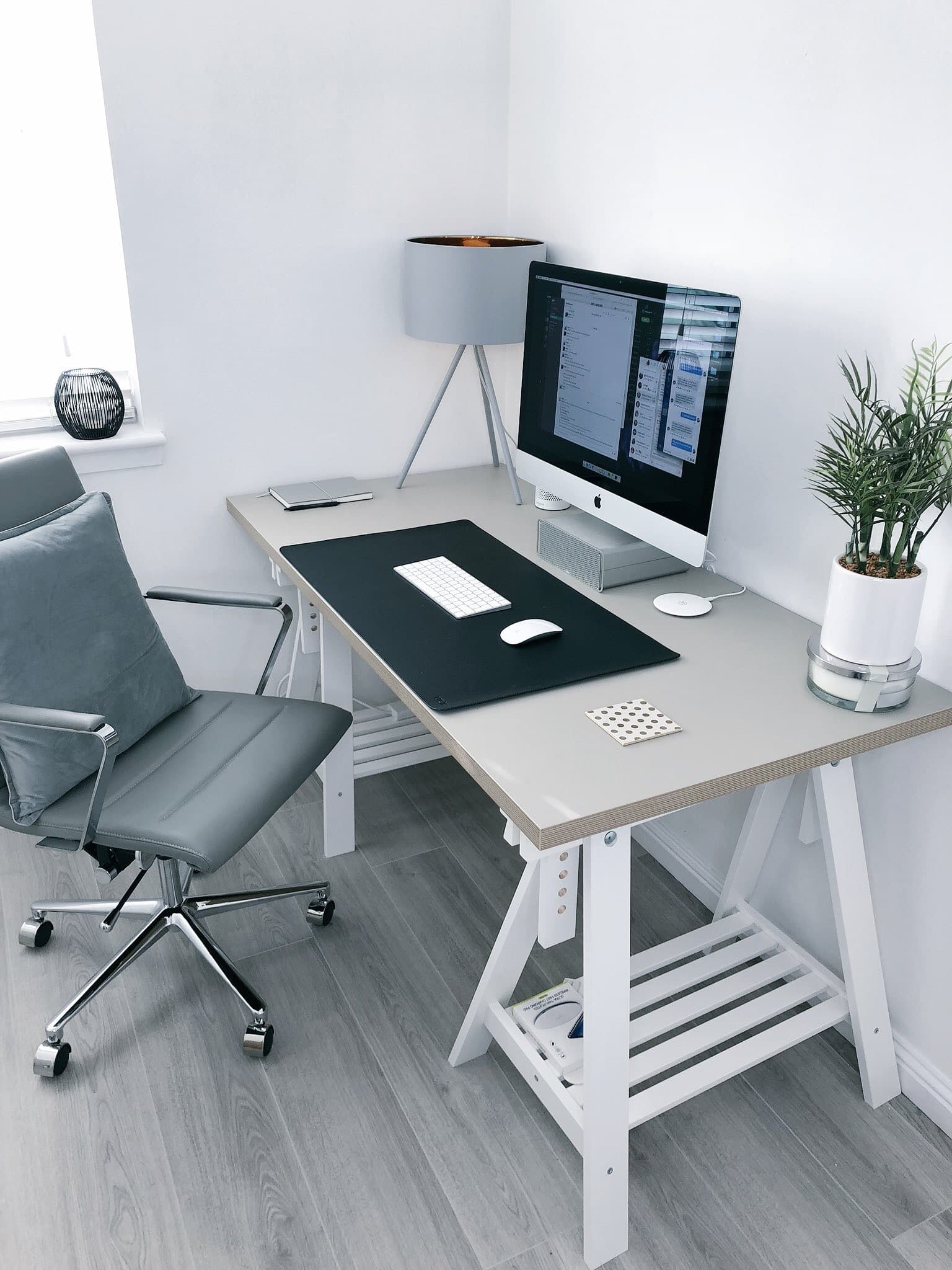
7. Invest in Lighting
Even if your office gets lots of natural sunlight, you need other types of light to cut down on eyestrain. Options include small desk lamps, floor lamps and fixtures on ceilings and walls.
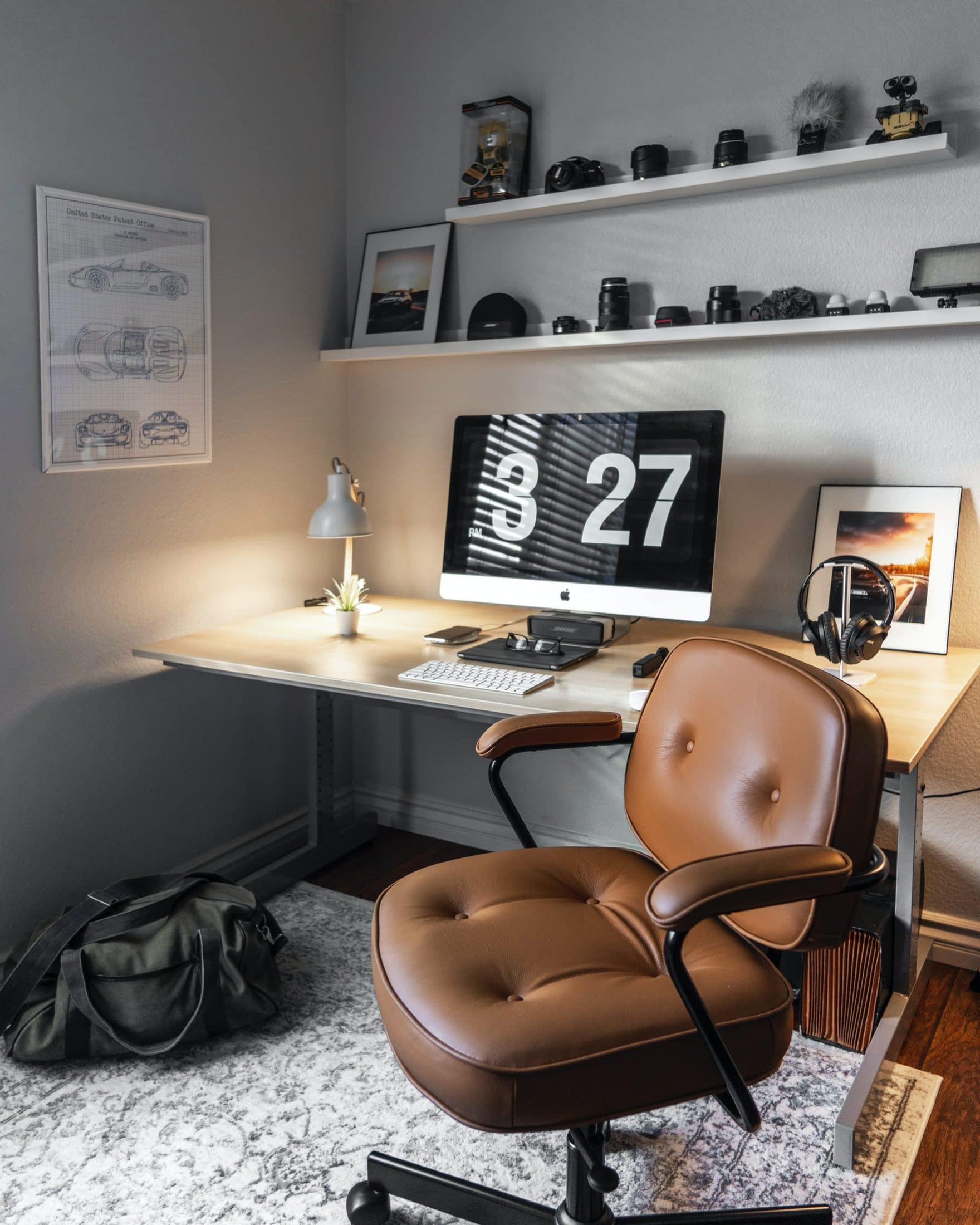
8. Get a Variety of Supplies and Tech Accessories
It's better to have a slightly too-large amount of supplies than to be caught short in a critical moment. Have these on hand: pens, pencils, replacement printer ink cartridges, printer paper, scissors, notepads, pens/markers for your large whiteboard, staplers, file folders and stationery. Tech-wise, get these: desktop or laptop (perhaps both), mouse, keyboard, printer, surge protector, printer and scanner.
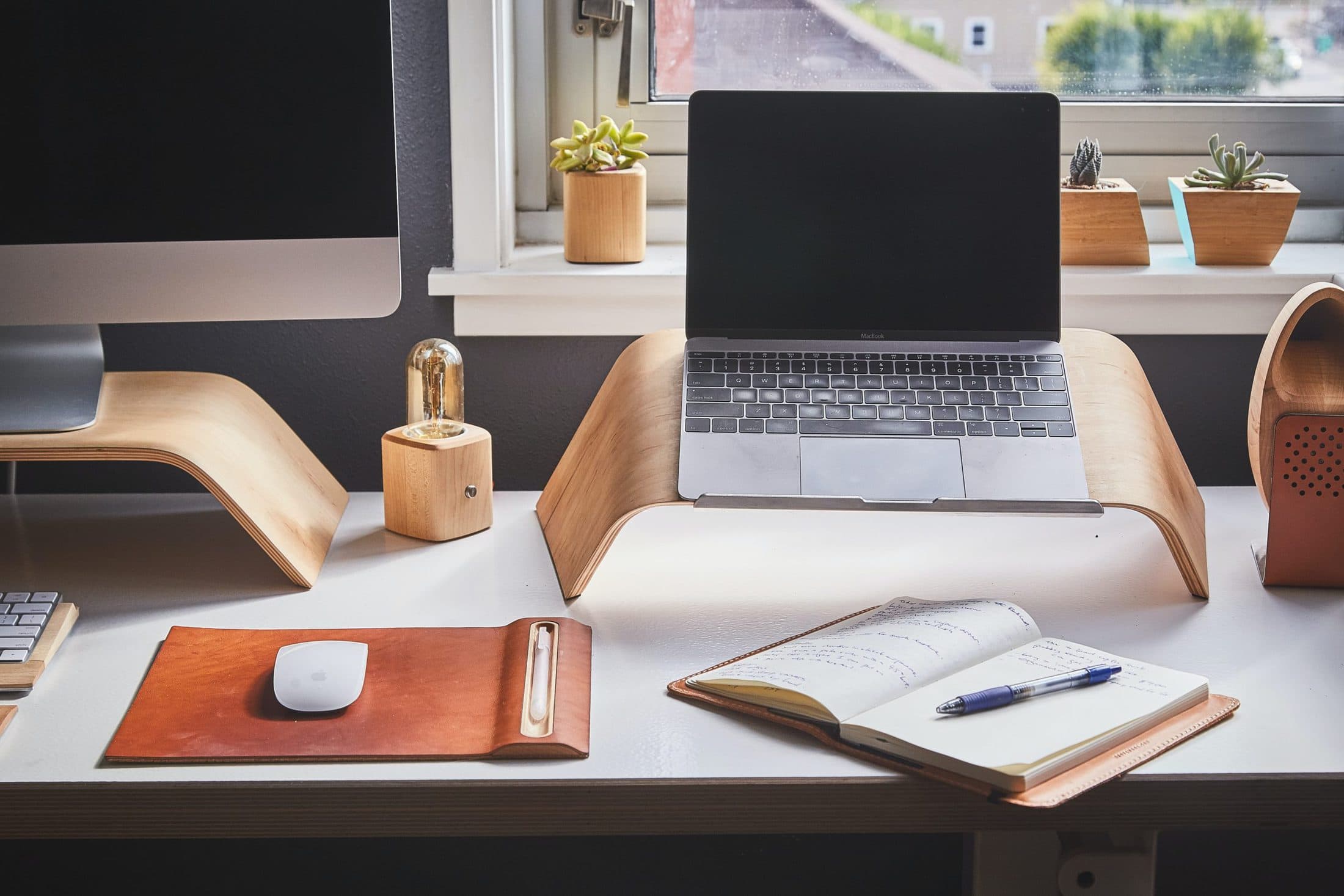
9. Draw Up Formal Processes
Set office hours as well as guidelines for invoicing, logging expenses and other tasks. That way, you're prepared for a multitude of occasions and are less likely to use your office for recreational purposes.

10. Remember Your Storage Needs
One common mistake with home offices is a lack of storage space. People focus so much on furniture and work surfaces that they forget about where to keep files, supplies and the like. One approach is to use furniture that has built-in storage.
Also, whiteboards are versatile and help cut down on clutter. Use them to brainstorm, record notes, jot down ideas, and more. There are double-sided whiteboards, calendar whiteboards, and boards designed for specific needs such as music. Shop today for large whiteboard options.
This post was created with our nice and easy submission form. Create your post!





